
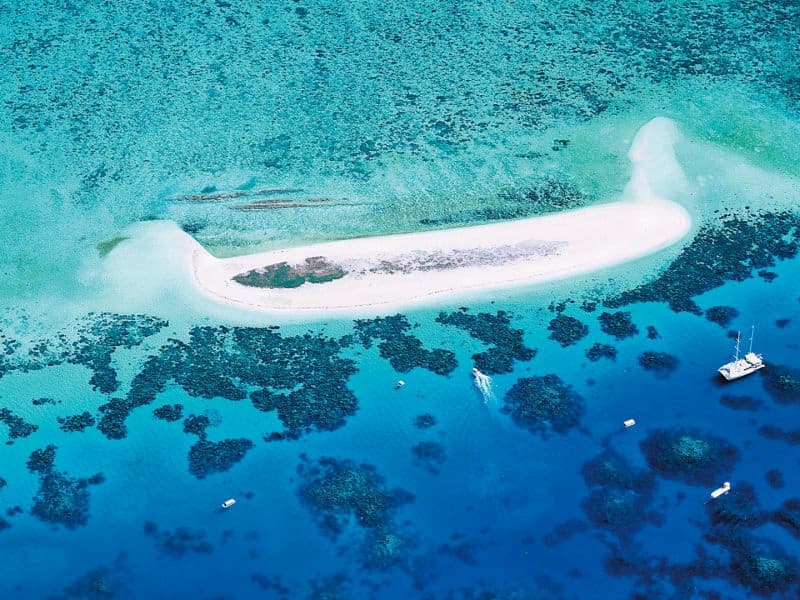
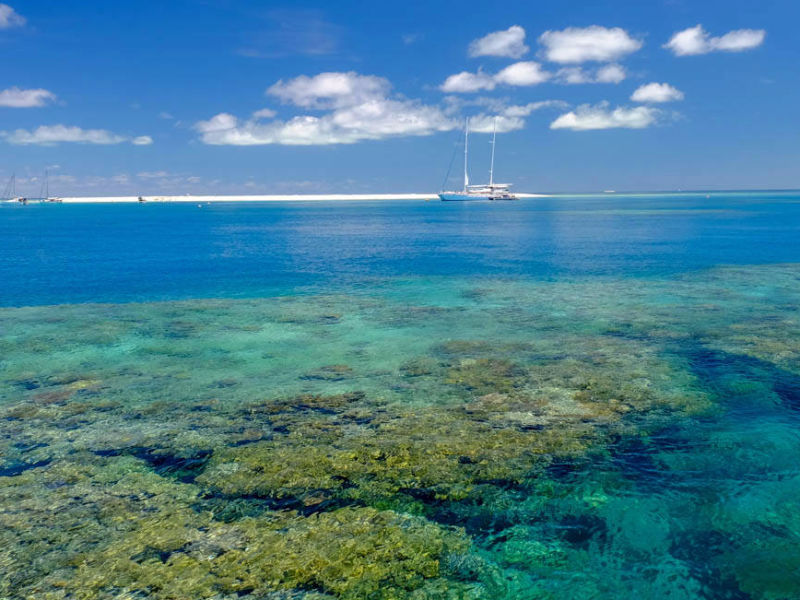
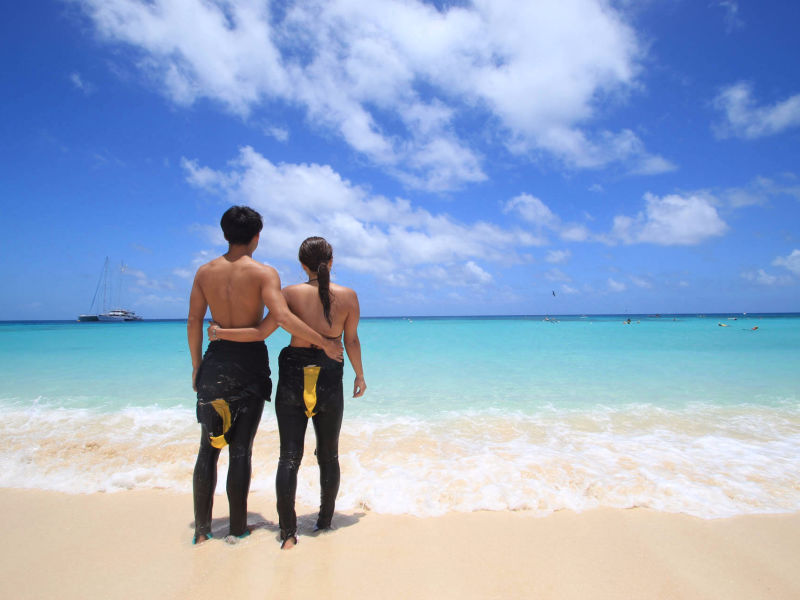
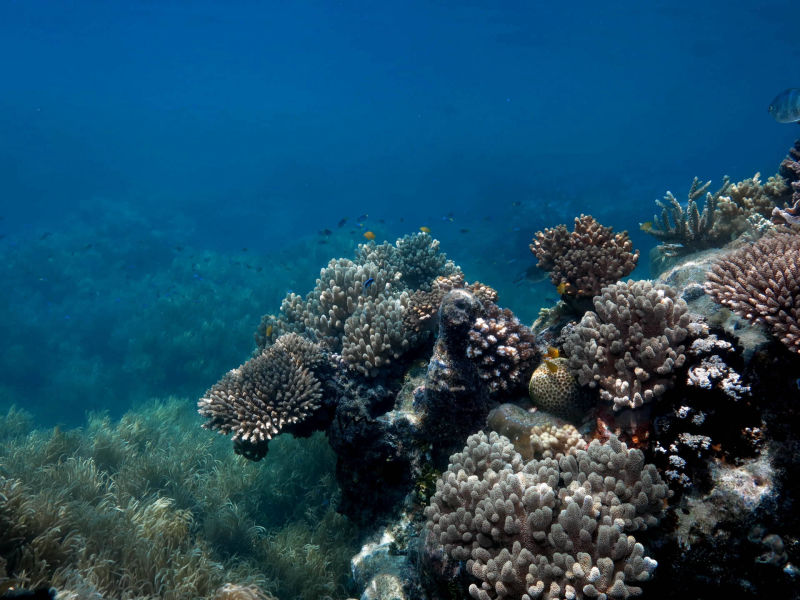
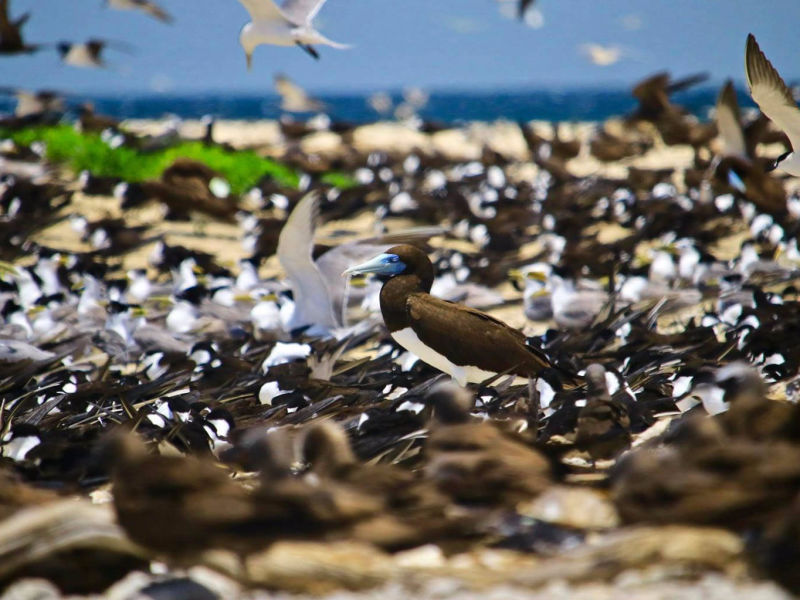
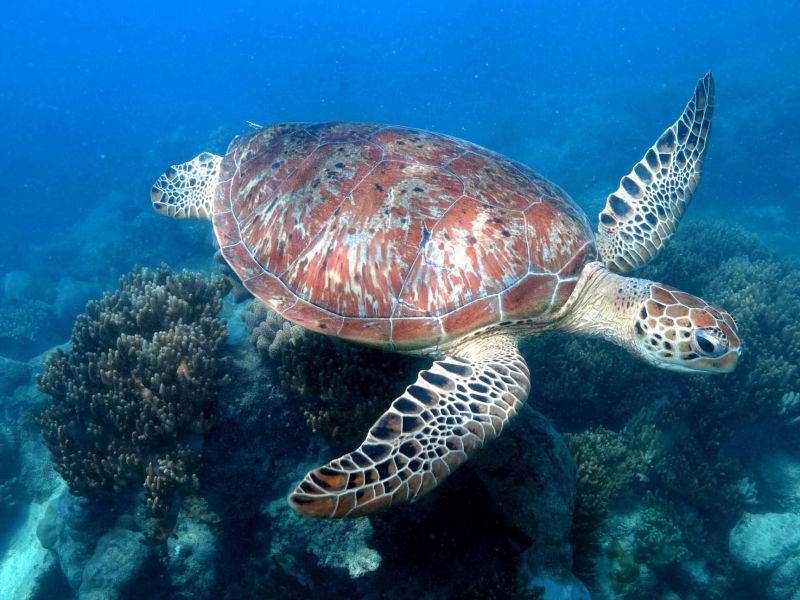

The Cay is rich with a myriad of sea life including green sea turtles (which occasionally nest on the cay), molluscs and invertebrates of all kinds and hundreds of species of tropical reef fish including Humphead Maori Wrasse. The reef surrounding the Cay is especially renowned for its abundance of giant clams.
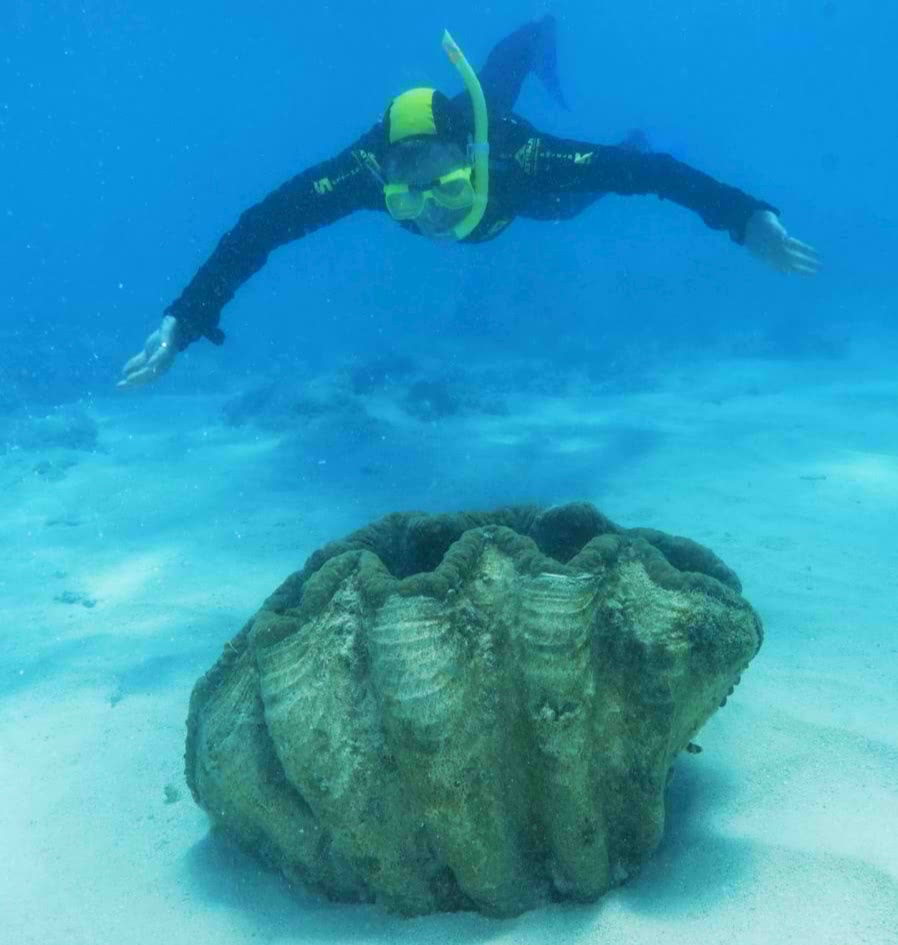
The Cay’s vegetation is low growing and composed of grasses including sand spinifex Spinifex sericeus, stalky grass Lepturis repens and other cover such as goat’s foot vine and bulls head vine and Sea purslane Sesuvium portulacastrum.
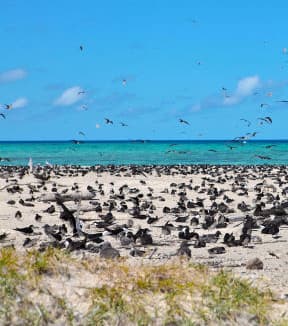
Michaelmas Cay is a major natural seabird habitat and one of the most important in the Southern Hemisphere. It is home to at least 23 species of seabirds. Many breeds find this island an ideal nesting habitat and is one of the most significant bird sanctuaries on the Great Barrier Reef. At the height of nesting and breeding season (during Summer months) up to 20,000 birds have been observed. Breeding activity occurs throughout the year, most of the seabird species breed annually, Sooty Terns breed every 8.5 months.
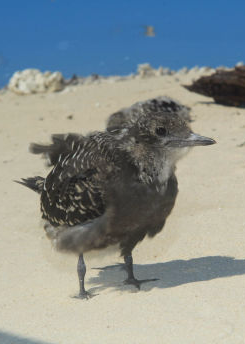
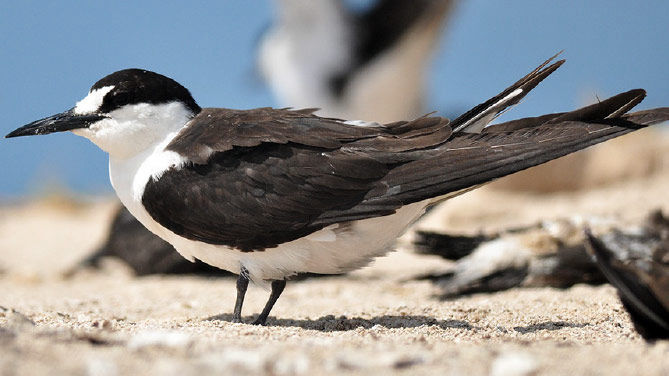

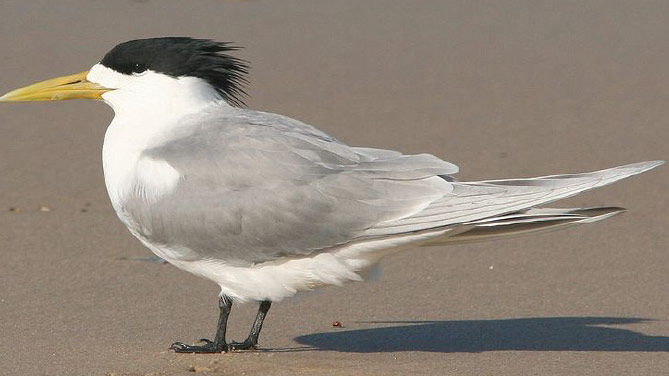
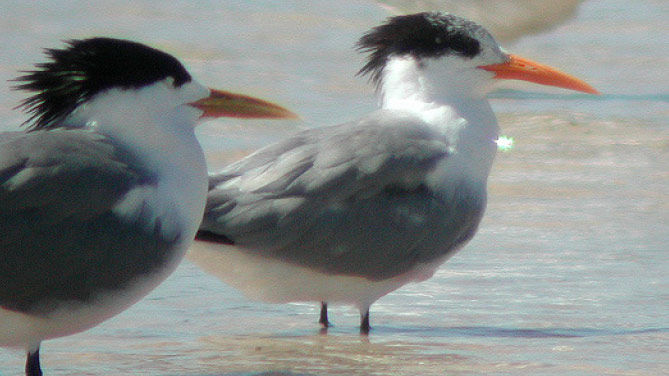
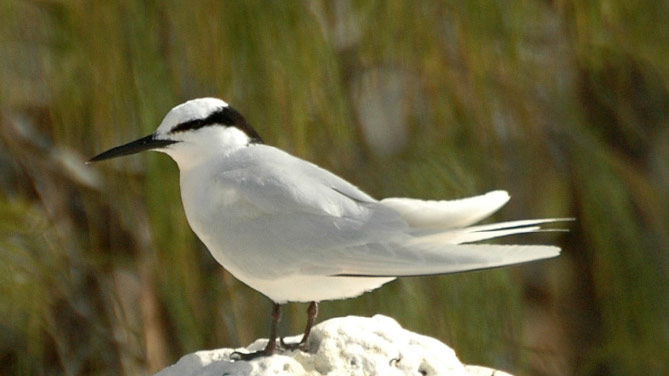
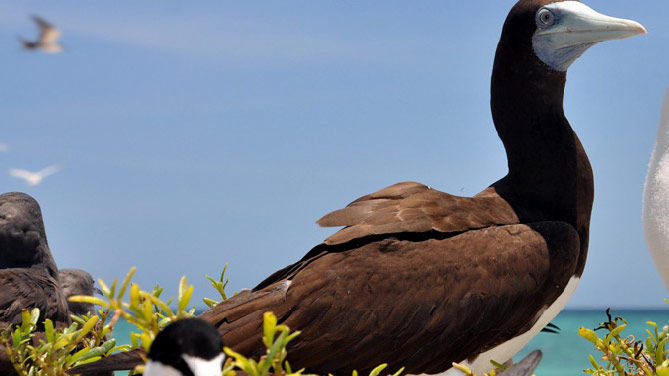
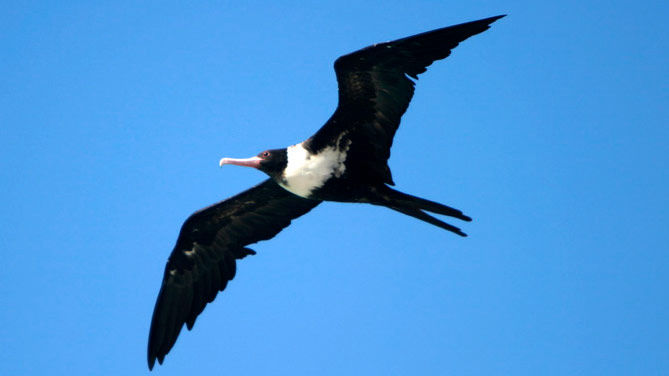
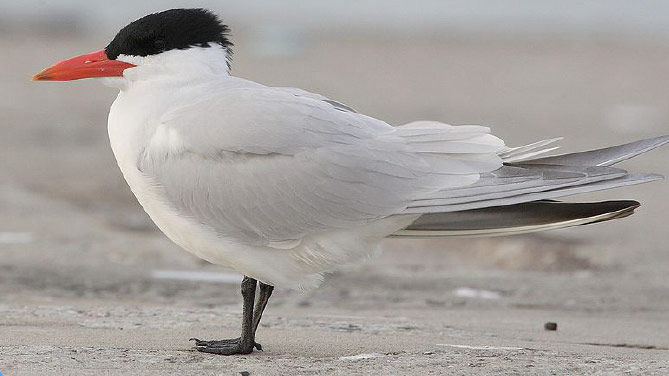

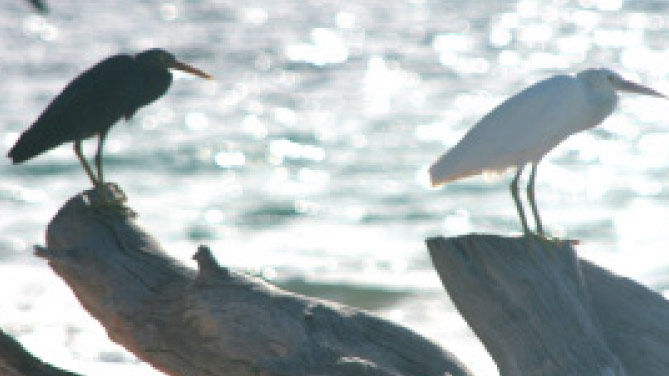
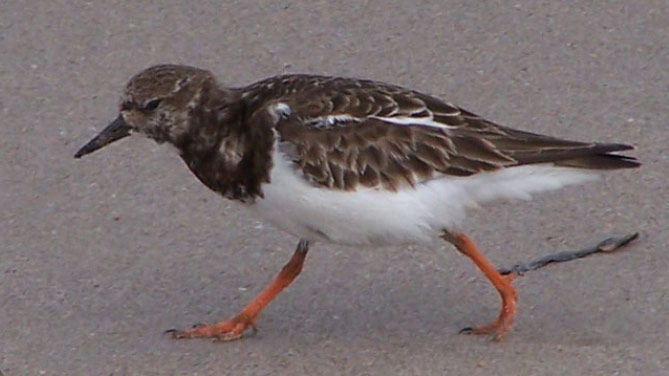
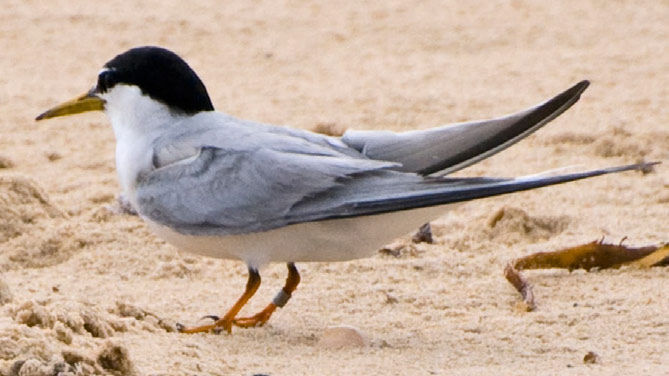
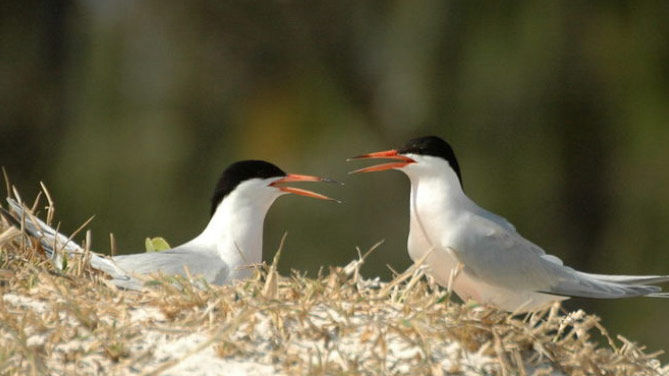

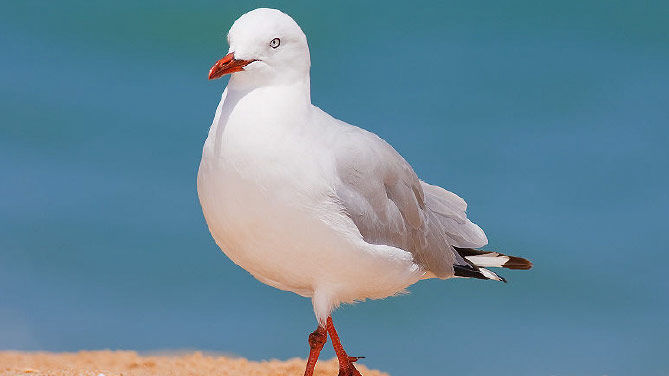
Michaelmas Cay is a small, charming reef sand island that is perched on the western tip of Michaelmas Reef 43km north-east of Cairns.
Link to Michaelmas Cay on Google Maps